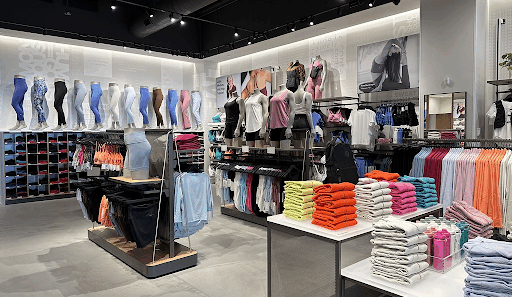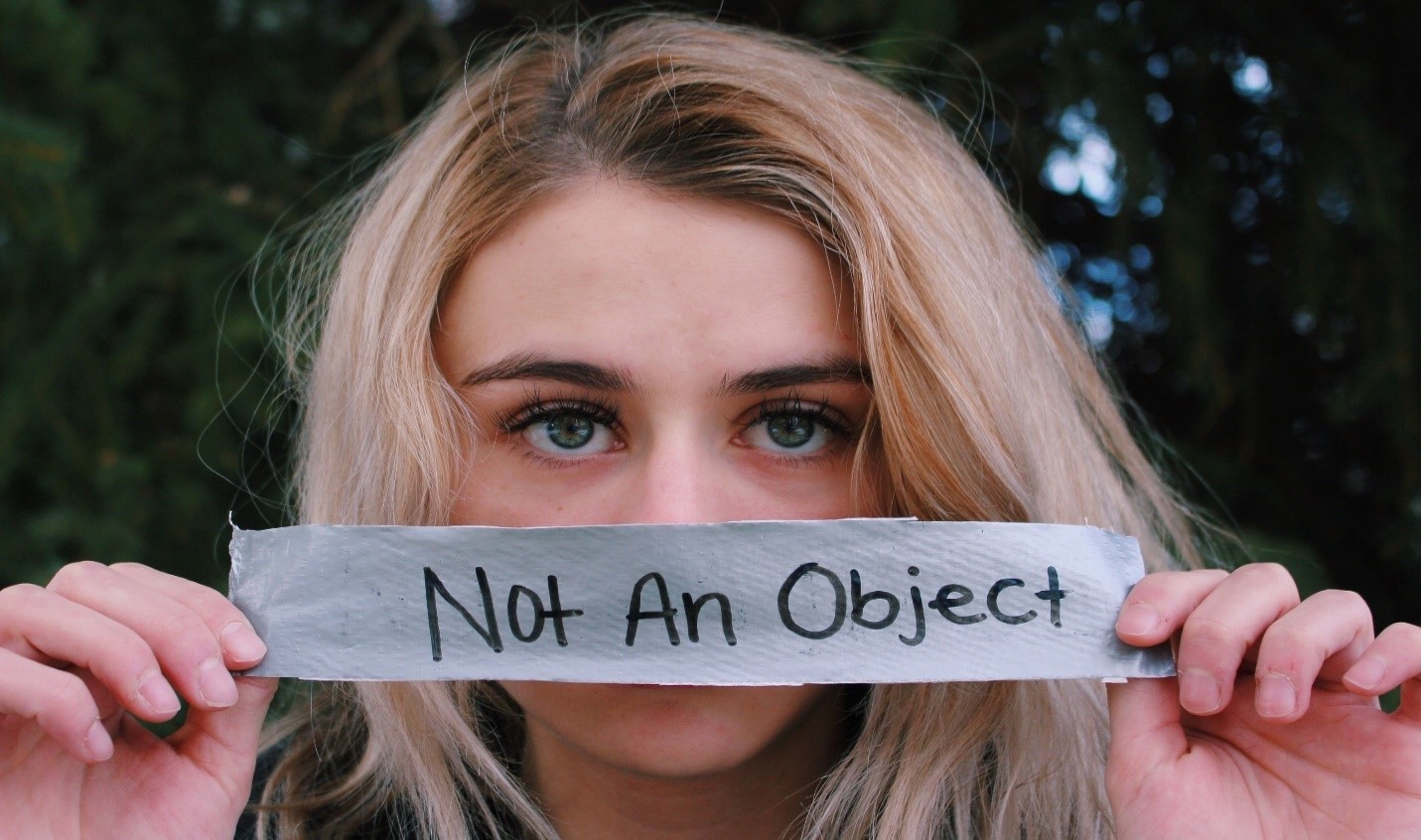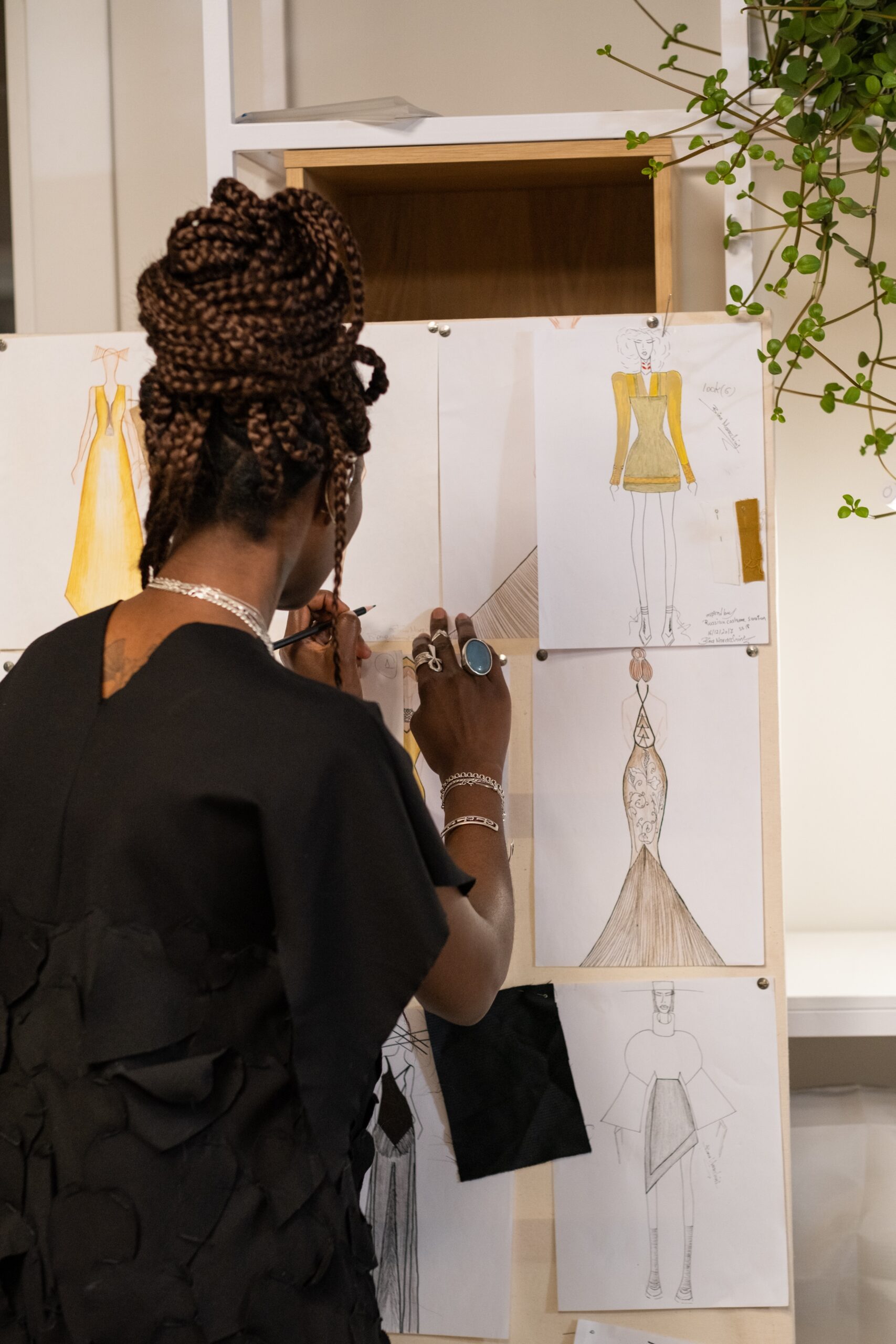“The world has never yet seen a truly great and virtuous nation because in the degradation of woman the very fountains of life are poisoned at their source” – Lucretia Mott
INTRODUCTION
Since ages media commercials have played an important role in shaping people’s thoughts, minds and lives. Advertisement companies raise millions of money through commercials on TV, billboards, hoardings, magazines, etc. and it has the power to influence our perceptions by depicting our world as a simplified convention and instilling preconceptions about how it portrays our reality in people’s subconscious thoughts.
Nowadays, nearly every company, institution, and agency use advertisements to raise awareness of their products and services. Advertisements not only tell consumers about new brands on the market or future ones, but they also assist to create a desire for the product in the minds of the viewers. Consumers have a broad selection to pick from, in this circumstance, every firm wants to advertise its product in such a way that it may attract an increasing number of people to purchase it.
Women are utilized as a marketing tool in today’s business world to draw consumer’s attention to the things that companies offer. They are used as a marketing tool in a variety of company operations. Advertisements depict them in excessively uncomfortable and inappropriate clothing and make-up and hypersexualized postures which catches the eye of the audience and wanting them to buy their products. Trying to keep up with the newest styles, children and parents are frequently victims of these businesses. These commercials advertise women as someone who are regularly seen engaging in stereotyped activities.
OBJECTIFICATION OF WOMAN IN ADVERTISEMENTS
Women in many western societies, sometimes without realizing it, engage in their own objectification. This is the outcome of a growing acceptance of mainstream media pornification in a culture that values consumerism and objectification. As a result, many women voluntarily acquiesce to objectification and overt attempts to attract male attention by purposely and knowingly publicizing their object status. Girls and women who believe they need to wear exposing clothes to be beautiful are victims of patriarchy. However, when women are forced to utilize their bodies to attract the attention of the public, it is detrimental to their empowerment.
By continually portraying women as objects of pleasure, the media normalizes the act of domination and aggression towards them. Boys and men internalize that message, and it shapes their subconscious prejudices about how they perceive women. Women have been the primary customer’s objective in recent years and they are the ones that spend the most money in the home and buy the majority of consumer goods. Advertisers reach out to women in a variety of ways and despite the fact that women are the primary buyers of things, advertising portrays women as weak and reliant on males for everything.
Let’s have a look at advertisement that objectify woman:

A sale ad that portrays woman as an object on sale.
Image Source: dailymail.co.uk
The majority of television commercials sell us ideals and pictures. In advertisements, women are frequently depicted in passive and defenseless positions. Just like the one in the above image, where the woman in the advertisement is represented as an object on sale. The general picture that these commercials present is that women’s bodies are sexual objects that should be utilized to grab and keep the viewer’s attention.
Women are more prone than males to be seen as sex objects, and women are more likely to look subservient and appealing, while its different when it comes to men. Advertiser’s favorite enticement is female nudity and sexuality. Nudity is utilized to market automobiles, refrigerators, bedclothes, and a plethora of other items rather than things with which it has some connection. At this point, image and product are no longer linked, and the exploitation of the female body as a sales tool reduces women to simple sex objects.
PROBLEMS ASSOCIATED WITH OBJECTIFICATION OF WOMAN

A jewellery ad which shows that woman can be bought with a ring
Image Source: Scoop Whoop
Boys are bombarded with unrealistic, vulgar, and hypersexualized pictures of women from a young age. Women’s roles and actions in films, music videos, and advertising are far too stereotyped and far from equal, just like the one in the above image. It sends a misleading message that woman can be won with a piece of jewelry. Along with objectifying women, male masculinity is celebrated in media and mass media, and male domination in media and mass media has a significant influence on molding a child’s thinking. Boys learn to devalue women and see them only as bodies or pleasure-related bodily parts. It contributes to guy’s mental health difficulties as well as their unreasonable expectations of women.

A salon ad that normalizes domestic violence
Image Source: Scoop Whoop
UNICEF[1] has stated that media objectification and sexualization of girls is connected to violence against women and girls throughout the world, just like the one shown in the above image. This ad sends out the message that woman needs to look good all the time, even when they are being beaten by their husbands. By continually portraying women as objects of pleasure, the media normalizes the act of domination and aggression towards them. Men never have this difficulty, despite the fact that they might be viewed as sexual objects in advertising, since men do not live in a world where they are perceived as weak. The underlying theme in most men’s advertising is to be powerful, manly, and not at all feminine.
The bulk of commercials and pictures starring women offer advise on how to boost one’s self-esteem. In a culture where everything is quick and if you want it, you can have it, the female body’s photographic depiction has undergone a transformation. Advertising has separated the feminine body into several commodities. The perfect slim legs a woman desire, ideal lips, sharp jawline, wrinkle free face are now just a surgery away.
Women may get unhappy with the form of their bodies after seeing TV ads that standardize the notion of beauty. This has resulted in eating disorders among the female community in attempt to obtain the ideal figure represented by advertising. Eating disorders may have a physical and mental impact on a woman, producing an unhealthy atmosphere that can lead to depression, anxiety, and low self-esteem.
LAWS THAT REGULATE ADVERTISEMENTS THAT PORTRAY WOMAN IN A DEROGATORY MANNER
Constitution Of India, 1950: The term ‘life,’ as guaranteed in Article 21 of the Constitution, does not imply mere existence or continuing drudgery throughout life. It has a far broader definition that encompasses the right to a livelihood, a higher quality of life, sanitary working conditions, and leisure. The right to life, which encompasses the right to human dignity, is inscribed in Article 21 and receives its foundation from the directive principle of state policy. Thus, every woman has the right to live a decent life and hence portraying woman in an indecent manner in advertisements will lead to violation of fundamental right
The Indecent Representation of Woman (Prohibition) Act, 1986: The Act criminalizes indecent portrayal of women, stating that no one shall print or cause to be published, or arrange to take part in the publishing or display of any advertising that involves indecent representation of women in any manner.
The Cable Television Networks (Regulation) Act of 1995: This provides for the regulation of cable television networks. The Cable Television Networks (Regulation) Act of 1995 forbids the transmission of advertising on the cable network that do not comply with the Advertisement Code. Rule 7 (2) (vi) says that no commercial that, “in its depiction of women breaches the Constitutional right to all citizens.” No commercial depicting a disparaging picture of women, in particular, should be authorized. The Act further stipulates that no advertisement that exploits societal ills like as dowry or underage marriage is authorized.
CONCLUSION
No doubt commercials are meant to increase sales of a brand, however such commercials need not to be discriminative against any gender or community. It is absolutely possible to focus on the creativity of the advertisements without violating someone else’s rights and dignity. Utilizing content that discriminates against women as a sales tactic is unethical. The fashion and beauty industries work as a great influence in changing people’s perceptions of beauty.
Although the function of sexual display in many fashion advertisements has made us believe that women and men cannot be happy unless they are “beautiful on the outside,” the positive message of companies helps us think about important, powerful, and wonderful individuals regardless of external factors. In different words, the fashion and beauty industries should attempt to make sexually enticing ads while anticipating the societal influence on our culture. People should also be more skeptical and cautious about rationalizing sexual portrayal in fashion advertising as a depiction of our reality.
REFERENCES
- The Selling of Gender Identity in Fashion Advertising: https://www.academia.edu/8302651/The_Selling_of_Gender_Identity_in_Fashion_Advertising
- The image of woman in TV advertisements Media Essay: https://www.ukessays.com/essays/media/the-image-of-women-in-tv-advertisements-media-essay.php
- Portrayal of female body in TV Commercials through media discourse: https://www.academia.edu/33719276/Portrayal_of_Female_Body_in_TV_Commercials_through_Media_Discourse
- Indecent Representation of Woman: Role of media and law: http://magazines.odisha.gov.in/Orissareview/2015/Jan/engpdf/36-42.pdf
- Not an object: On sexualization and exploitation of woman and girls: https://www.unicefusa.org/stories/not-object-sexualization-and-exploitation-women-and-girls/30366
[1] Not an object: On sexualization and exploitation of woman and girls: https://www.unicefusa.org/stories/not-object-sexualization-and-exploitation-women-and-girls/30366
Image Source: Photo of Maddy Remias by Medium.com

















